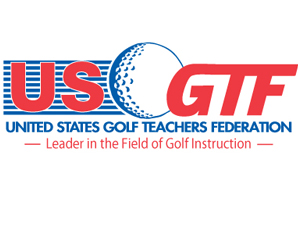Unless you don’t follow professional golf’s majors at all, you are undoubtedly familiar with Dustin Johnson’s one-stroke penalty at the U.S. Open this past June at Oakmont. Fortunately, the penalty did not alter the outcome of what was a sterling performance by this year’s champion.
To recap, Johnson placed his putter next to his ball on the green, and when he went to place the putter behind the ball, the ball moved very slightly, but visibly. Johnson called in a rules official, explained his version of events, and was told to putt the ball from its new position. On the 12th hole, Johnson was informed that he may receive a penalty, which the USGA did levy at the end of the round. The USGA ruled it was more likely than not Johnson’s actions caused the ball to move. The problem, as I outlined in an editorial in the July 2016 e-newsletter, was that Romain Wattel had a similar situation earlier in the day, where he addressed his ball and then the ball moved some six seconds later. The USGA ruled in his case the time lapse was long enough to say it was more likely than not Wattel did not cause the ball to move.
I stated back then, was if you were going to take a position that the ball could move at any time on its own on those greens, then you had no way of assessing with any percentage of certainty Johnson’s culpability. The USGA, in my view then and one I still hold, is that Johnson should have been assessed no penalty.
The USGA was universally scorned, not only for the ruling, but for the way it handled the ruling. To the USGA’s and R&A’s credit, they have in recent years been making Rules changes to add more fairness and equity. In response to the Johnson situation, a local rule has been introduced saying that a player who accidentally causes his ball to move on a putting green is now absolved from penalty, and the ball is to be replaced. The problem with this new rule is that it now violates the time-immemorial principle of not moving or not causing your ball to move except through making a stroke. The USGA has completely thrown out this sacred (in my opinion) principle, all because it couldn’t get the Johnson ruling correct.
Too many of our authorities in government, business, sports, or any endeavor for that matter, seem to overreact regarding happenings in their respective realms, and here we see another example of this. The rule and corresponding Decision should have been changed, yes, but changed to state that if it is unknown with any certainty the player caused his ball to move, then no penalty will be assessed.
Simple. And it still honors the principle of not moving your ball.
By Mark Harman, USGTF National Course Director, Ridgeland, South Carolina
Copyright © 2023 United States Golf Teachers Federation, All Rights Reserved
200 S. Indian River Drive, Suite #206, Fort Pierce, FL 34950
772-88-USGTF or 772-595-6490 - www.usgtf.com
200 S. Indian River Drive, Suite #206, Fort Pierce, FL 34950
772-88-USGTF or 772-595-6490 - www.usgtf.com

